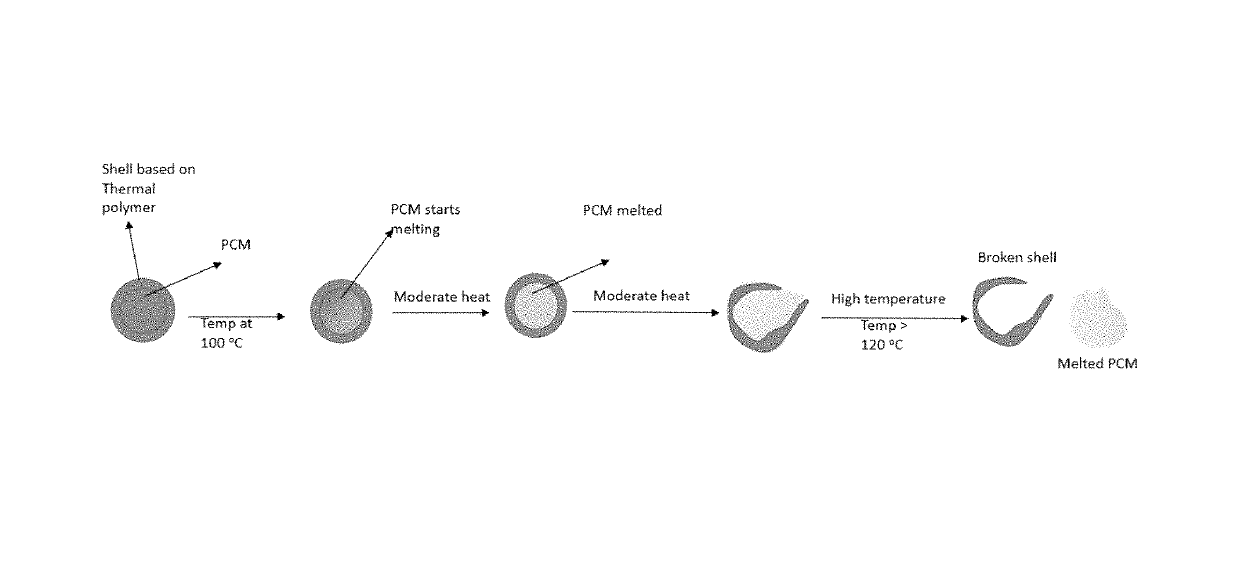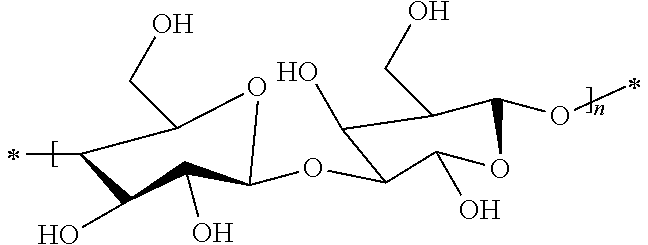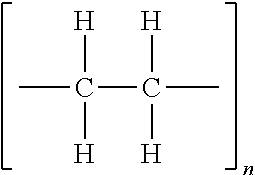Phase-change nanoparticles for li-ion battery safety
Pending Publication Date: 2019-03-28
UNIV OF SOUTH FLORIDA
View PDF10 Cites 7 Cited by
- Summary
- Abstract
- Description
- Claims
- Application Information
AI Technical Summary
Benefits of technology
The patent describes new methods and devices to control the temperature in lithium-ion batteries to prevent them from combusting. This is done by adding nanoparticles with a melting point near 80℃ and high specific latent heat to the battery. These nanoparticles absorb excess heat from the battery and limit the temperature, preventing a thermal runaway process that could lead to battery combustion. The nanoparticles can be made from organic or mineral materials with or without a protective shell. The patent provides a way to improve the safety and reliability of lithium-ion batteries.
Problems solved by technology
While the superiority of the energy density in Li-ion batteries has justified their higher cost, the main drawback today is the safety of the batteries.
There are numerous reported incidents about combusted Li-ion batteries in an electronic device.
In a few cases, the device users were injured due to battery combustion.
For efficient charge storage and the battery lifetime, the charging process is very critical; particularly the current density during the charging cycle has to be limited.
Otherwise, the electrode structure of the battery would be damaged.
Also, such damage can occur in the event that a battery is short circuited.
While a damaged electrode can potentially be a hazard for the battery, a prominent reason for combustion of a battery is due to an effect called thermal runaway which can occur in the exothermic reaction of Li in the charging process.
Method used
the structure of the environmentally friendly knitted fabric provided by the present invention; figure 2 Flow chart of the yarn wrapping machine for environmentally friendly knitted fabrics and storage devices; image 3 Is the parameter map of the yarn covering machine
View moreImage
Smart Image Click on the blue labels to locate them in the text.
Smart ImageViewing Examples
Examples
Experimental program
Comparison scheme
Effect test
embodiment 1
[0017]A method for controlling material temperature, the method comprising: combining a polymer coated phase change material with a material in need of thermal regulation.
embodiment 2
[0018]The method of embodiment 1, wherein the material in need of thermal regulation includes a component of a lithium ion battery.
embodiment 3
[0019]The method according to any of embodiments 1-2, wherein the phase change material is nanoparticles.
the structure of the environmentally friendly knitted fabric provided by the present invention; figure 2 Flow chart of the yarn wrapping machine for environmentally friendly knitted fabrics and storage devices; image 3 Is the parameter map of the yarn covering machine
Login to View More PUM
 Login to View More
Login to View More Abstract
Methods and devices for controlling the temperature of a Li-ion battery cell are provided. A method can included combining the electrolyte and electrode components of a Li-ion battery with nanoparticles comprising of a phase change material with a melting point of 80° C. or greater, encapsulating the phase change material in an encapsulating material that has a melting point of 120° C. or greater.
Description
CROSS-REFERENCE TO RELATED APPLICATION[0001]This application claims the benefit of U.S. Provisional Application Ser. No. 62 / 563,305, filed Sep. 26, 2017, the disclosure of which is hereby incorporated by reference in its entirety, including all FIGURES, tables, and drawings.BACKGROUND[0002]Among different types of electrical charge storage devices, lithium ion (Li-ion) batteries are the dominant devices for various applications ranging from small portable electronics (e.g. cell phones and laptops) to electric / hybrid vehicles. This is particularly due to the high energy density and rechargability of the Li-ion batteries. The energy density in rechargeable Li-ion batteries can reach up to 0.9 MJ / kg which is 5 times higher than lead-acid batteries. Since batteries are often the heaviest component in almost all portable electronics, the high energy density is a critical factor for making light weight devices. For that reason, despite the higher cost, Li-ion batteries have been widely us...
Claims
the structure of the environmentally friendly knitted fabric provided by the present invention; figure 2 Flow chart of the yarn wrapping machine for environmentally friendly knitted fabrics and storage devices; image 3 Is the parameter map of the yarn covering machine
Login to View More Application Information
Patent Timeline
 Login to View More
Login to View More IPC IPC(8): H01M10/0525H01M10/61H01M10/0565H01M4/02
CPCH01M10/0525H01M10/61H01M10/0565H01M4/02H01M10/4235H01M10/654Y02E60/10
Inventor TAKSHI, ARASHRAM, MANOJ KUMAR
Owner UNIV OF SOUTH FLORIDA
Features
- R&D
- Intellectual Property
- Life Sciences
- Materials
- Tech Scout
Why Patsnap Eureka
- Unparalleled Data Quality
- Higher Quality Content
- 60% Fewer Hallucinations
Social media
Patsnap Eureka Blog
Learn More Browse by: Latest US Patents, China's latest patents, Technical Efficacy Thesaurus, Application Domain, Technology Topic, Popular Technical Reports.
© 2025 PatSnap. All rights reserved.Legal|Privacy policy|Modern Slavery Act Transparency Statement|Sitemap|About US| Contact US: help@patsnap.com



